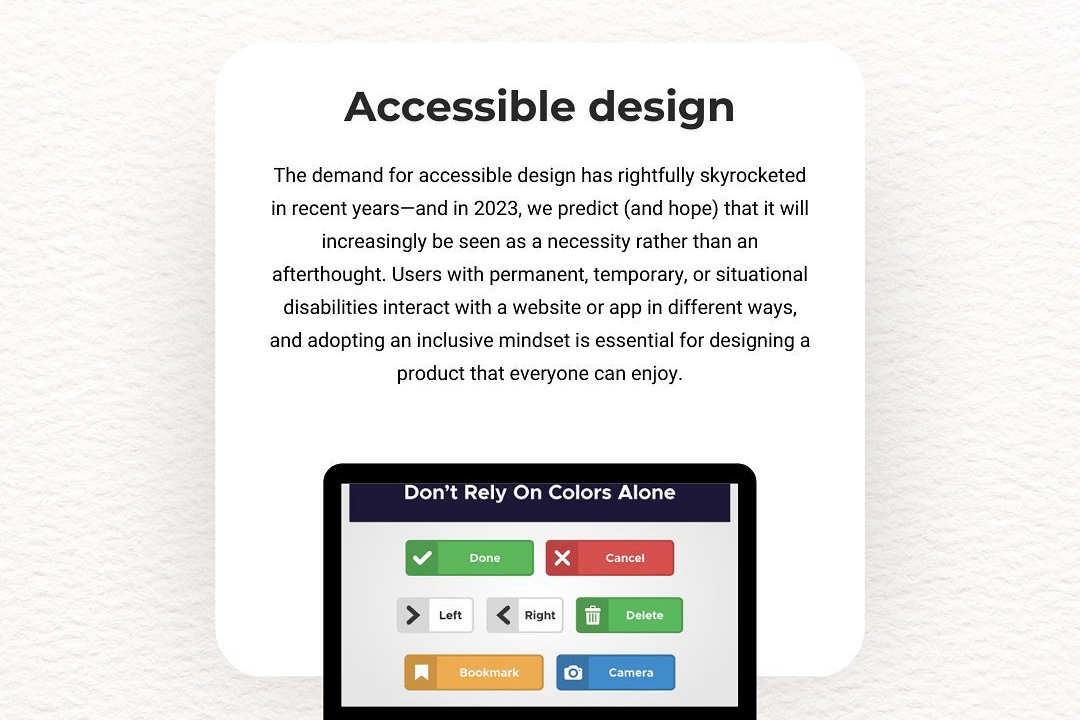Ios app testing best practices
Best Practices for iOS App Testing
Ios app testing best practices
iOS app testing best practices involve a combination of automated and manual testing strategies to ensure high-quality applications. Start by defining clear testing goals and using XCTest for unit and UI tests to validate functionality. Employ continuous integration/continuous deployment (CI/CD) pipelines to automate testing and streamline deployment. Utilize TestFlight for beta testing to gather user feedback and identify issues in real-world scenarios. Ensure to test across multiple devices and iOS versions to cover diverse use cases and screen sizes. Additionally, incorporate performance and security testing as part of your regular testing cycle, while maintaining clear documentation of test cases and results for future reference and improvement. Regularly update tests as the app evolves to ensure coverage and reliability.
To Download Our Brochure: https://www.justacademy.co/download-brochure-for-free
Message us for more information: +91 9987184296
1 -":
- Understand Testing Types: Familiarize students with various testing types, including unit testing, integration testing, UI testing, and acceptance testing. Each serves a unique purpose in the development lifecycle.
- 2) Use XCTest Framework: Introduce XCTest, which is the default framework for testing in Xcode. Explain how to write and execute unit tests and understand test results.
- 3) Automate Testing: Emphasize the importance of test automation to save time and reduce human error. Use tools like XCUITest for UI automation.
- 4) Test on Multiple Devices: Stress the necessity of testing on different devices and screen sizes to ensure that the app functions well across various hardware configurations.
- 5) Leverage Simulator and Real Devices: Discuss the differences in testing on simulators versus real devices, including handling hardware specifics like GPS and camera functionalities.
- 6) Write Maintainable Tests: Teach students how to write clean, readable, and maintainable test code. Encourage good coding practices such as using comments and following a consistent naming convention.
- 7) Use Mocking and Stubbing: Explain the concepts of mocking and stubbing to simulate dependencies in unit tests. This helps isolate the functionality being tested.
- 8) Test User Interface Interactions: Cover the importance of testing user interface interactions, including aspects like animations, gestures, and transitions using UI testing tools.
- 9) Performance Testing: Introduce performance testing to ensure the app performs well under load. Discuss tools like Instruments for measuring performance metrics.
- 10) Continuous Integration/Continuous Deployment (CI/CD): Explain the benefits of integrating automated tests into a CI/CD pipeline to facilitate faster feedback and delivery cycles.
- 11) Code Coverage Analysis: Introduce code coverage tools to evaluate how much of the codebase is being tested. Aim for high coverage but educate on the importance of test quality over quantity.
- 12) User Acceptance Testing (UAT): Discuss the need for user acceptance testing to gather feedback from actual users and ensure the app meets business requirements.
- 13) Error Handling Testing: Teach students the importance of testing various error scenarios and ensuring that the app handles them gracefully, providing a good user experience.
- 14) Version Control Best Practices: Instruct on using version control systems like Git effectively to manage test code changes and collaborate on testing efforts.
- 15) Update Tests with Code Changes: Reinforce the practice of updating tests whenever changes are made to the codebase to ensure they remain relevant and effective.
- 16) Foster a Testing Culture: Encourage a culture of testing within teams, where testing is seen as a shared responsibility rather than just a developer's task.
- 17) Review and Refactor Tests: Promote regular reviews and refactoring of test code to ensure its relevance, efficiency, and clarity, just as with production code.
- 18) Create a Testing Checklist: Guide students to develop a checklist for testing phases, ensuring they cover all essential aspects before launching an app.
- These points can provide a comprehensive overview of iOS app testing best practices, helping students understand both theoretical concepts and practical applications.
Browse our course links : https://www.justacademy.co/all-courses
To Join our FREE DEMO Session: Click Here
Contact Us for more info:
- Message us on Whatsapp: +91 9987184296
- Email id: info@justacademy.co












